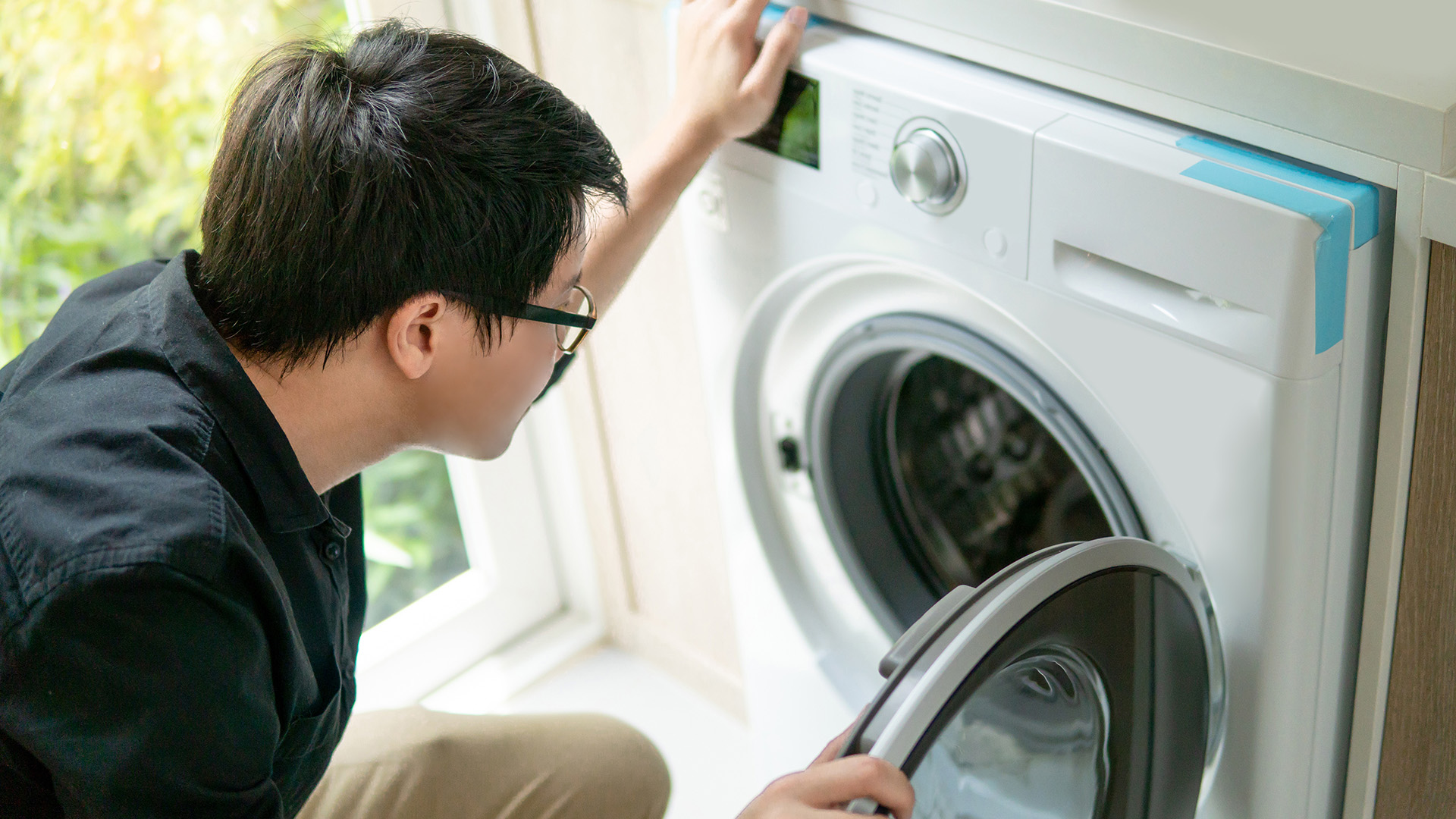
Knowing how to replace a dryer heating element is important to ensure your dryer stays in good condition and dries your laundry properly. If your dryer has stopped heating up or drying your clothes properly, it's likely that the heating element needs replacing. Luckily, the process for fixing a dryer heating element is relatively straightforward if you have some basic tools and take the necessary safety precautions.
It may seem like a daunting task at first, and if you really feel uncomfortable with the thought of changing the heating element yourself then we always recommend consulting a professional. Plus, if your dryer is especially old then there are other safety precautions to take into account, such as being careful with sharp edges and old wires, so in this case consulting an expert is a must.
If you have one of the best dryers, then you can use this guide to help it keep working efficiently. For people who are looking to upgrade their laundry room be sure to check out our guide to the best washer dryer combos.
Why should you replace a dryer heating element?
You should replace your dryer's heating element if it stops drying your clothes entirely, or if it's taking longer to dry than it used to. An old heating element can greatly impact the performance of the dryer and can also pose a safety hazard. A faulty heating element will result in the dryer not generating enough heat to dry your clothes properly, which can lead to other components in your dryer working hard to compensate for the cooler temperature. If other parts wear out due to the lack of heat, it will cost more to repair in the future, so it’s best to avoid this by replacing a faulty heating element as soon as possible.
A broken heating element can also pose a serious hazard, leading to the dryer overheating or even starting a fire. Broken heating elements can also cause a burning smell or even smoke - if you notice either of these things coming from your dryer then you need to address the problem immediately. It is important to replace the heating element with the correct replacement part which is specific to your model. If you don’t want to replace the element yourself, or if you are wary about working with electrical components then you should contact a professional to do it for you.
How to replace a dryer heating element
Leo Watts, Head of Content at CNCSourced says, "Replacing a dryer heating element is not as daunting as it may seem. With the right tools and a bit of patience, you can get your dryer back to peak performance in no time. Just remember to double-check your work and stay safe."
Replacing the heating element is a quick and easy process if you have some basic tools. You will likely only need a screwdriver and/or a pair of pliers. Follow the steps below to replace your dryer heating element, and restore your dryer.
1. Unplug your dryer
Before starting any work, make sure you unplug your dryer from the power source.
2. Locate the heating element
The heating element is typically located on the back of your dryer, but it can vary with some models. If you're struggling to find it, then check your dryer's manual or search for a guide online.
3. Remove your old heating element
The heating element is normally held in place with screws but could be held in with bolts on some older models. Use a screwdriver or pliers to remove them and gently pull the old element out of the dryer.
4. Install the new heating element
Insert the new heating element into the same location, and use screws or bolts to hold it in place. If the old screws are corroded or warped then we would recommend going to a hardware store and getting replacements.
5. Put any covers back on
If you had to remove any covers or panels to access the heating element then put them back in place.
6. Test your dryer
Run a drying cycle to see if your dryer heats up properly. If it's hot then you have succeeded in replacing your old heating element. If the problem persists, then we would recommend contacting a professional as it may be caused by an electrical problem.







